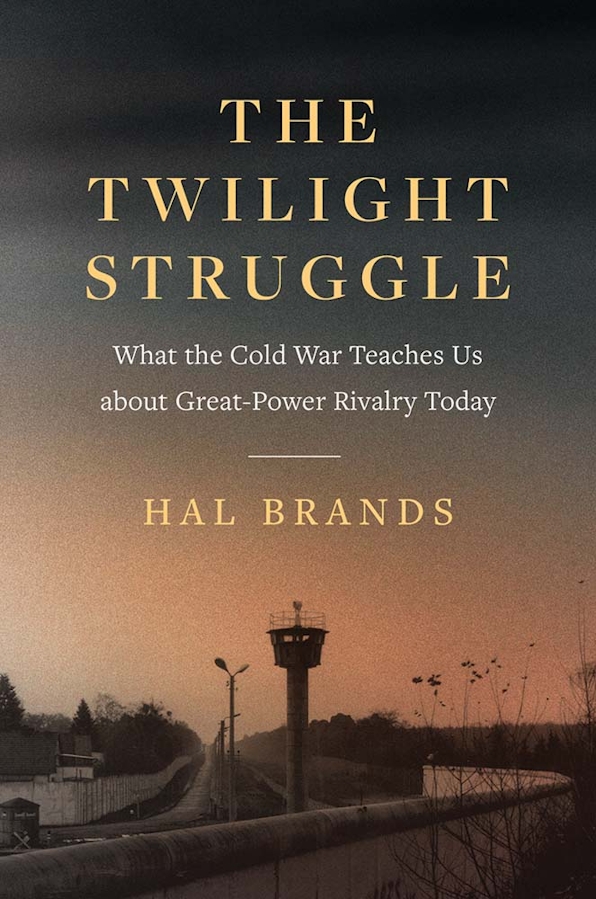Brands suggests that overwhelming nuclear weapons capabilities and a massive military were necessary to build the “free world.” The Truman administration was satisfied that the Soviet Union did not have the capacity to mount a successful invasion of Western Europe, yet worried, Brands writes, that “a military imbalance could still undermine the political will of U.S. allies.” Similarly, Brands suggests that a climate of fear and paranoia was a prerequisite to keeping the public engaged in the Cold War struggle. “The Truman administration’s fusing of geopolitics and ideology was necessary to create a Cold War consensus,” Brands writes. He acknowledges that McCarthyism was “far more destructive than the threat it was meant to counter.” But he concludes that domestic spying and harassment fell short of the oppression in the Soviet system. He even says that, “viewed positively, the outcome showed that American democracy proved stronger than McCarthy’s demagoguery.”
Brands has, in fact, an unusually rosy view of America’s Cold War adventures. Like the leaders he venerates—Brands has hardly a bad word to say about anybody who served in government from 1944 to 1992, with the exception of Joseph McCarthy—he is little concerned with the bloodiness of the country’s actions in Korea, Indonesia, Chile, or elsewhere. Although he writes of the abundant failures of the Vietnam War for the U.S., he neglects the immense destruction the U.S. inflicted on the Vietnamese, as many as three million of whom were killed. He also muses that “U.S. resistance in Vietnam probably limited Communist gains in Southeast Asia by preserving the lead domino until the others were no longer so wobbly”—ultimately a win. And while he mentions that the U.S. suffered “mistakes and setbacks” in the Cold War, he concludes that “America eventually accomplished nearly everything it wanted to.” In this account, wise leadership, a determined and resilient citizenry, and a superior economic and political model defeated the Soviet Union, and offers a blueprint for the future.
In Brands’s view, American leaders are only belatedly noticing ascendant authoritarianism, and the public is unprepared for what will be another decades-long competition with states armed with large militaries and hostile ideologies. “The U.S.-led international system is threatened,” he writes, “by authoritarian powers seeking to redraw the world’s geopolitical map and make the twenty-first century an age of autocratic ascendancy.” He notes China’s threats against Taiwan, its dismantling of Hong Kong’s freedom, and its Belt and Road Initiative, which he sees as an ambitious project to turn Eurasia into a China-led landmass. He observes Russia’s attacks on “former Soviet republics that were leaning toward the West” and points out that Russia is establishing itself as “a player in the Middle East and Africa through arms sales, proxy wars, and even direct intervention.”
